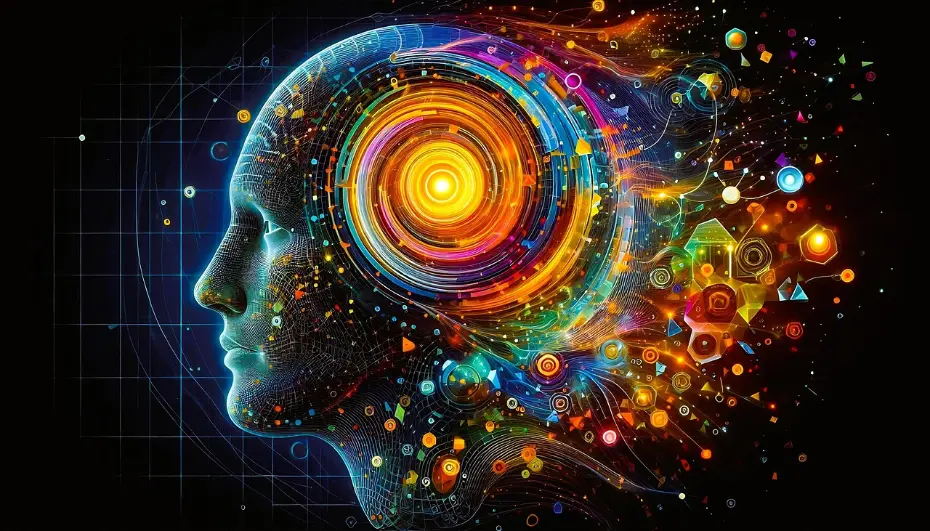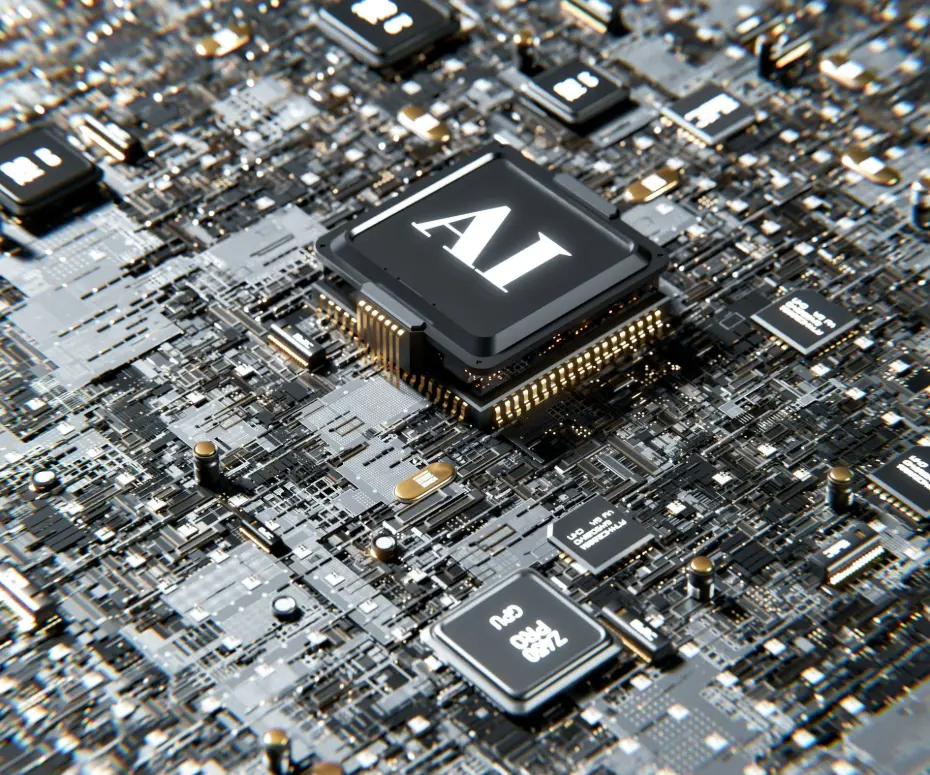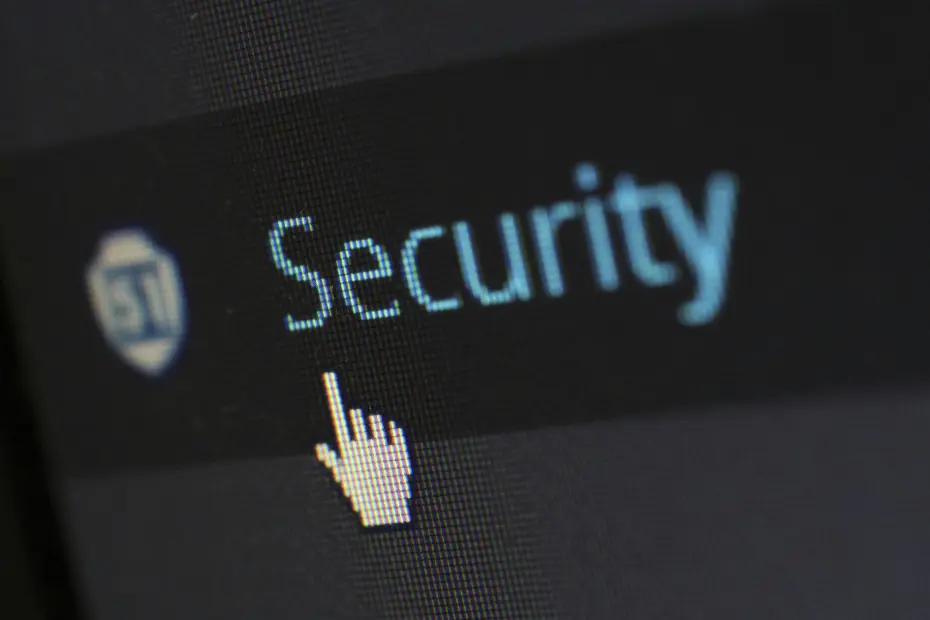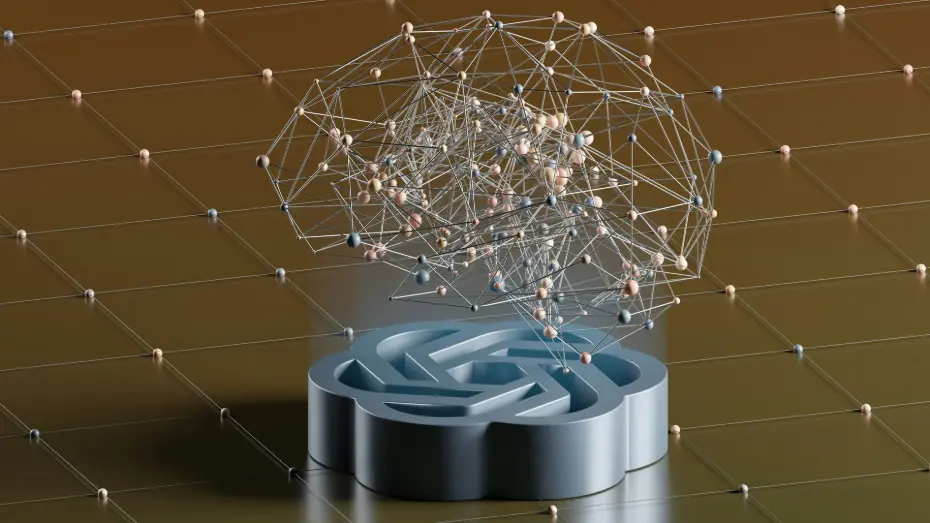Introduction

In today's digital age, cybersecurity has become very important for any organization, business, or individual. Every day, new cyber threats such as hacking, phishing, ransomware attacks, and data breaches are emerging. All of this has made protecting data and privacy a major challenge.
On the other hand, Artificial Intelligence (AI) — a technology that enables machines to think, learn, and take decisions like humans — is bringing new solutions in the field of cybersecurity. Through AI, we can now detect, analyze, and take action against cyber attacks in smarter and faster ways — all in real-time.
Today, the combination of AI + Cybersecurity has become a powerful tool that not only protects our data, but also predicts future threats.
In this article, we will look at:
- How AI is being used in cybersecurity,
- What are the benefits and challenges,
- And where do we see this technology in the future.
Why Cybersecurity Needs AI
In today's digital world, cyber attacks are not only increasing, but they have become more complex and intelligent. Hackers are finding new ways to hack systems, and traditional security tools (like antivirus or firewall) cannot handle them all.
Artificial Intelligence (AI) comes in as a game-changer in the field of cybersecurity. Below are some important reasons that explain why cybersecurity needs AI:
1. Attack speed and volume are very high
- Thousands of cyber attacks occur every day. Manual monitoring or traditional tools cannot detect them all. AI does high-speed data analysis and detects suspicious activity instantly.
2. Human error and limitations
- Human analysts cannot detect every attack on time, especially when the threat is hidden. The AI system works tirelessly 24x7 and monitors every small activity.
3. Unknown (Zero-day) threats
- Many cyber attacks are such that they are happening for the first time – these are called Zero-day attacks. Traditional systems cannot identify them because they do not have any old data. AI and Machine Learning can also detect unknown threats by understanding new patterns.
4. Processing Big Data
- Today's enterprises have massive data - emails, login logs, network traffic, etc. AI processes this large data in a fast and accurate way and generates real-time alerts.
5. Better decision-making
- AI not only gives alerts, but also helps in taking action.
- Such as: blocking suspicious IP addresses, revoking user access, or triggering an automatic incident response.
How AI is Used in Cybersecurity

Artificial Intelligence is no longer just a futuristic concept – today AI is playing an active role in fighting cyber threats. Let’s see in what forms AI is used in cybersecurity:
1. Threat Detection & Anomaly Identification (detecting threats and identifying unusual activity)
AI-based systems continuously monitor the network and user behavior. If any anomaly or unusual activity is detected – like an employee accessing confidential files at 2 am – the AI system considers it suspicious and sends an alert.
- Machine Learning algorithms learn from past behavior and identify threats in real-time.
2. Automated Incident Response (taking automatic action using AI)
- Blocks access
- Blacklists suspicious IP addresses
- Isolates the affected system
- This reduces response time significantly and minimizes the impact of the attack.
3. Phishing Detection (detecting fake emails or messages)
Systems analyze email content using AI and NLP (Natural Language Processing). He looks at:
- Message tone and pattern
- Suspicious links
- Fake sender addresses
- Such emails are automatically put in the spam folder or a warning is given to the user.
4. Malware Detection (identifying viruses and malicious software)
Traditional antivirus software is signature-based (which works against known viruses). But AI does behavioral analysis – if a program accesses the system’s files or memory in a suspicious way, it detects it – even if it is a new type of malware.
5. Fraud Detection (catching online fraud or financial fraud)
AI monitors financial transactions in real-time. If a transaction:
- Happens at an unusual time, is from a different country or does not match the normal behavior of the user then the AI system considers it suspicious and puts a hold or block on it.
6. User Behavior Analysis (tracking user behavior to detect threats)
AI records the user's daily habits - such as login time, devices, IP addresses, frequently used files. If something different happens from these habits, the system immediately raises a red flag.
7. Identity & Access Management (Secure login and access control)
4. Benefits of AI in Cybersecurity
When it comes to fighting cyber threats, Artificial Intelligence (AI) has become a very powerful tool. Using AI, organizations can make their networks and data smarter, faster and more secure.
Let's see what are the major benefits of AI in cybersecurity:
1. Faster Threat Detection (Faster Threat Detection)
AI-based systems can instantly detect suspicious activity by analyzing data in real-time. This makes threats identified much quicker than traditional methods.
Example: If a hacker tries to enter the system, AI can catch that attempt in milliseconds.
2. 24x7 Monitoring (Non-stop security)
Humans cannot monitor all the time, but AI monitors the system 24/7 without stopping. Be it night or holiday, AI is always active - this reduces the chances of missing an attack.
3. Self-learning Capabilities (making yourself smarter)
- This is like building a kind of "experience" - the more data the AI sees, the better it will become.
4. Reduction in False Alarms (Reducing False Alarms)
Traditional systems often give false alerts (false positives), which confuses security teams. AI smartly differentiates between real threats and normal behavior, which prevents unnecessary panic.
5. Handling Big Data
In today's digital world, a huge amount of data is generated - login logs, emails, file transfers, etc. AI analyzes this big data in a fast and accurate way - which is not possible for humans.
6. Cost-Effective in Long Run
AI systems may seem costly in the beginning, but they reduce cost in the long-term because:
- Human effort is required less
- Threat is detected before damage occurs
- Incident response is fast
7. Smarter Decision Making
AI not only detects threats, but also understands the situation and suggests intelligent actions – like what to block, what to investigate, and when to send an alert.
5. Challenges and Risks of Using AI in Cybersecurity

Artificial Intelligence strengthens cybersecurity, but there are some risks and challenges associated with this technology. It is important to understand them, so that we can use AI safely and responsibly.
Let's see some major challenges and risks of AI:
1. Adversarial Attacks (confusing AI)
Cybercriminals now use such techniques by which they can deceive AI systems. Such as:
- Giving such inputs that confuse AI
- Forcing AI to make wrong predictions
2. High Dependence on Data (Accurate data required)
- The AI can take wrong decisions
- False positives/negatives increase
3. Lack of Transparency (Black box problem)
It is difficult to understand when and how the AI is taking decisions. This problem is called "black box" — in which the internal logic of the AI is not clear. Security teams have no idea why the AI called a threat a threat – this makes it difficult to build trust.
4. Privacy Concerns (Data privacy risk)
AI systems often access sensitive data (such as user behavior, emails, personal info). If the data is misused or leaked, there can be a serious violation of privacy.
5. Hackers using AI too (AI is also in the hands of cybercriminals!)
Due to AI, Cyberattack also increase because hacker also used it. Like:
- Generating phishing emails with AI
- Scanning vulnerabilities with AI
6. Case Studies / Real-world Examples

AI is not just a concept today, but is being actively used in real-world applications, especially in the field of cybersecurity. Let’s look at some known companies and examples where AI has effectively fought cyber threats.
1. Darktrace
Darktrace is a UK-based cybersecurity company that uses AI and machine learning to detect threats in enterprise networks.
How does it work?
This AI model first learns the normal behavior of every organization. Then if there is any unusual activity (such as access from an unknown location, or sudden data transfer), it immediately gives an alert.
Example: In a bank, Darktrace noticed that confidential data was being downloaded at night using an employee’s credentials. Investigation revealed that those credentials were hacked!
2. Google uses AI for phishing detection in Gmail
Google uses AI and Natural Language Processing (NLP) in its email service Gmail to detect phishing and spam emails. Results:
- Gmail detects approximately 100 million phishing emails every day
- AI models have improved detection accuracy to 99.9%
- This AI continuously learns new phishing methods and blocks them before they reach your inbox.
3. IBM Watson for Cybersecurity
IBM Watson is an intelligent system that helps cybersecurity experts in incident response and threat analysis.
How does it help?
Watson collects security data from a variety of sources (reports, blogs, threat feeds). Then quickly analyzes it to give security teams actionable insights
Example: A healthcare company used Watson to find a ransomware attack pattern that traditional systems were missing.
4. Microsoft Defender by AI
Microsoft Defender is antivirus solution that comes pre-installed on Windows systems which is also made by AI.
Features:
- The AI system analyzes the behavior of the user
- It also detects zero-day threats
- Microsoft says that their AI models process trillions of signals daily to stop new threats.
5. PayPal – AI in fraud detection
For digital payment platforms like PayPal , fraud detection is extremely important.
How does it work?
- Paypal analyze the data of user transactions by using AI. If any activity seems unusual (like login from a different country or high-value payment), then a red flag is immediately raised
Example: PayPal has improved fraud detection accuracy to 95%+ with the help of AI.
7. Future of AI in Cybersecurity

As we have seen, AI is already making cybersecurity smarter and faster. But in the coming years, AI will become even more powerful, intelligent and autonomous. Its impact in the field of cybersecurity will be even deeper.
Let's see some key future trends that are expected from the combination of AI and cybersecurity:
1. Predictive Cybersecurity (Prediction of Threats in advance)
AI will become so advanced in the future that it will not only detect threats, but will also predict them before the attack happens.
Example: If the behavior of a user is gradually becoming suspicious, then AI will give signals in advance that a breach may occur.
2. Self-Healing Systems (self-recoverable systems)
Upcoming AI-based security systems:
- Will detect threats
- Will fix problems
- And will make system to normal mode by detect any problem
- They will be able to handle a lot without human intervention.
3. AI vs AI – Cybercriminals will also use AI
Just as AI defenders are working, hackers will also use AI:
- Smarter phishing attacks
- AI-generated deepfakes
- Automated vulnerability scans
Future cybersecurity will mean “AI fighting AI”, in which both sides will be smart.
4. Transparent and understandable AI
In the future, it will be important to make AI transparent so that security teams can understand:
- What was the logic behind a decision
- Why was an activity considered a threat
- This will help the humans to understand the AI systems.
5. Stronger Integration with Other Technologies
In future more advanced technologies is linked with AI, such as:
- Blockchain (secure data sharing)
- Quantum computing (superfast processing)
- IoT security (protection of smart devices)
This will make the scope of cybersecurity even stronger.
6. More Personalized & Adaptive Security
AI will deeply understand the individual behavior of the user and create personalized security rules.
Like:
- Enabling two-factor authentication for a user or automatically giving restricted access to a device
7. Human + AI Collaboration
In the coming times, AI and humans will work together — AI will perform repetitive and data-heavy tasks, and humans will take strategic decisions.
Human-AI partnership will make cybersecurity more effective.
8. Conclusion
In today's digital era, where cyber threats are emerging in new forms every day, Artificial Intelligence (AI) has become a powerful weapon to fight cyber attackers.
We have seen that:
AI is being used in areas such as real-time threat detection, phishing prevention, fraud monitoring, and incident response. This technology makes security teams faster, smarter, and productive. But AI also comes with some risks — such as data bias, privacy concerns, and misuse of AI by hackers. Still, if AI is used ethically, responsibly, and intelligently, it can take cybersecurity to the next level.
In the future, the combination of cybersecurity and AI will become even stronger, predictive, and self-learning – in which both humans and machines together will make the digital world more secure.
Final Thought:
AI has become a necessity to keep the future of cybersecurity secure – and the sooner we understand and adopt this technology, the safer we will be from cyber attacks.